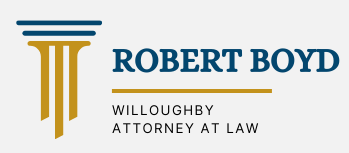Chapter 7 Versus Chapter 13: What’s the Difference?

There are two main types of bankruptcy available for individuals: Chapter 7 versus Chapter 13. The aim of both types of bankruptcy is to help people who are in debt discharge all or some of their debt obligations; however, there are many differences between the two types of –bankruptcy, including:
- Selling Assets.
With a Chapter 7, you may be required to sell unprotected and non-exempt assets in order to repay your debtors. The list of “protected” property however is long and in the majority of cases, all property is able to be exempted from consideration, meaning no property is sold. Chapter 13 rarely involves the sale of assets. - Income Requirements.
Individuals with too large of a disposable income are not eligible for Chapter 7. There are no income requirements for Chapter 13. - Employment Requirements.
There are no employment requirements for Chapter 7. You must be employed or have regular monthly income to qualify for Chapter 13. - Debt Requirements.
There are no minimum or maximum debt amounts when filing for Chapter 7. For Chapter 13, you cannot owe more than $383,175 in unsecured debt or more than $1,149,525 in secured debt to qualify. - What’s Included.
Chapter 7 bankruptcy will discharge nearly all unsecured debt, save for student loans, taxes, and certain other obligations. Chapter 13 can discharge all of the debt included in Chapter 7. In addition, it can also involve a reduction in the principal balance on secured loans like car loans and mortgages. - Payment Requirements.
With Chapter 7, you are not required to make any type of payments to creditors. If you have no assets to sell, covered debts are fully discharged. If you do have assets to sell, the difference between the sale amount and the total that you owe will be discharged. When you file for Chapter 13, you may be required to make payments to your creditors. The amount that you will need to repay will be established by the trustee based on your monthly income and expenses and the amount and type of debt that you have. Repayment amounts can range from 0 to 100% of what’s owed. - Length of Time Until Discharge.
Under Chapter 7, debts are usually discharged within 3 to 6 months. With a Chapter 13 filing, your debts will not be discharged until you make your final payment to your creditors. Typically, payment plans last for 3 to 5 years.
To find out more about bankruptcy and determine whether or not it’s the right choice for you, contact Attorney Robert A. Boyd, a Willoughby bankruptcy attorney with more than 25 years of experience. He will fully explain the options to you and help you decide if Chapter 7, Chapter 13 or a bankruptcy alternative is most likely to benefit you. Call his office at 440-230-3230 to schedule a free consultation.
